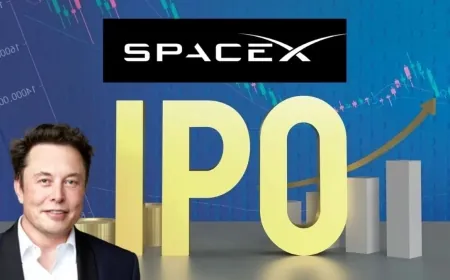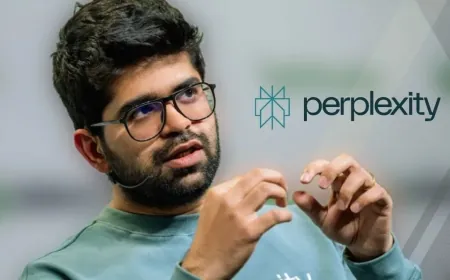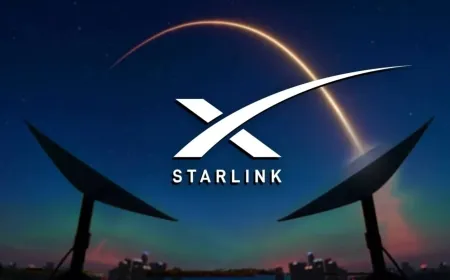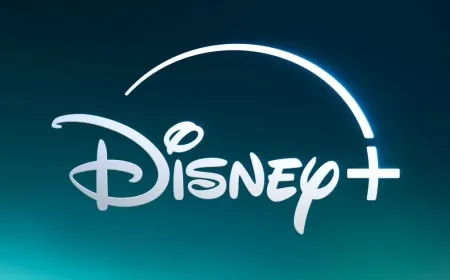Anthropic Releases Claude Opus 4.5 With Major Price Cut and New Top Coding Scores
Anthropic released Claude Opus 4.5 with lower pricing and new benchmark highs, finishing its rollout of the Claude 4.5 models.
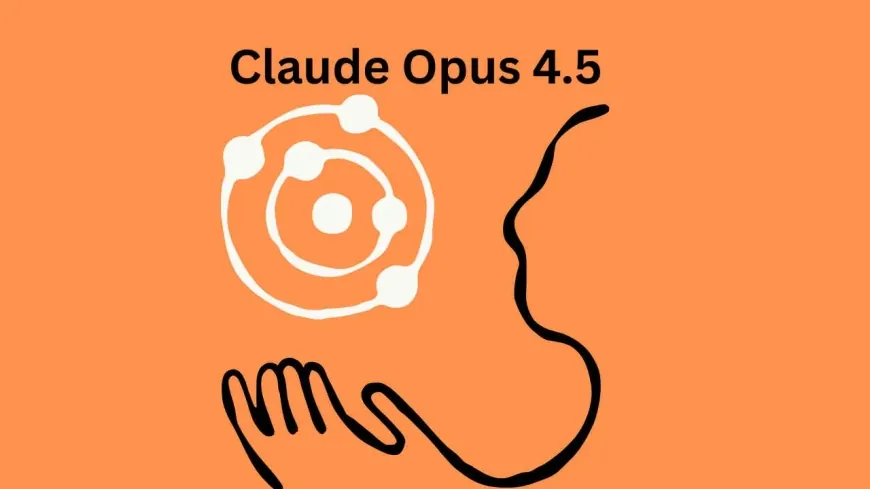
Anthropic has finished rolling out its Claude 4.5 series with the release of Claude Opus 4.5, the model designed for the most demanding software, research, and reasoning workloads. It joins Sonnet 4.5, introduced in late September, and Haiku 4.5, launched in mid-October, forming a three-tier system for different types of development and automation work.
Unlike the earlier launches, Opus arrived with a notable shift in pricing. Anthropic reduced the cost of the flagship tier by 67%, bringing it to $5 per million input tokens and $25 per million output tokens—one of the steepest price cuts for a top-end model this year.
Improved Performance on Real Development Tasks
Opus 4.5’s gains are most visible on coding benchmarks. The model posted an 80.9% result on SWE-bench Verified, a benchmark built around real bug fixes and software engineering tasks. This puts Opus ahead of OpenAI’s GPT-5.1 Codex Max (77.9%) and Google’s Gemini 3 Pro (76.2%) on the same test.
Anthropic says the model also exceeded the scores of all human candidates on its internal engineering exam, a timed evaluation used inside the company to measure decision-making under pressure. The company positions these improvements as evidence that Opus is now their most reliable tool for large-scale refactoring, production logic, and multi-step reasoning pipelines.
A Fast Sequence of Rival Releases
Opus arrives at the tail end of a crowded release cycle among major AI developers.
- Google introduced Gemini 3 Pro on November 18.
- OpenAI launched GPT-5.1 Codex Max the following day.
- Anthropic followed soon after with Opus 4.5.
The rapid series of launches has turned benchmarking into a near-daily contest. Anthropic’s pricing move adds another layer to the competition, reflecting pressure to make high-end models affordable for large deployments in coding, automation, and enterprise workflows.
Growing Competition From Asia
While Anthropic, OpenAI, and Google dominate Western markets, Chinese models are advancing quickly. Alibaba’s Qwen2.5-Max (released in January) and Qwen3-Max (released in September) have achieved strong results on research, multilingual analysis, and large-document reasoning tasks.
Qwen3-Max, in particular, performs well on LMArena and is widely used for deep technical research and workflows in East Asian languages. Although the Qwen models have limited presence outside China, they represent a major push for domestic AI capability in response to U.S. chip export controls.
How Opus Fits Into the Claude Product Line
With the 4.5 family complete, Anthropic now offers three distinct options:
- Haiku 4.5: optimized for speed and smaller tasks
- Sonnet 4.5: the balanced choice for day-to-day coding and agent work
- Opus 4.5: built for long reasoning chains, large codebases, and multi-hour workflows
Opus offers a 200,000-token context window and can generate outputs up to 64,000 tokens, giving it a capacity advantage for working on full repositories or large research documents. The model’s knowledge cutoff is March 2025, slightly more recent than Sonnet’s January cutoff.
Developer Testing Shows Strong Early Results
Developers who tested Opus before launch reported meaningful improvements, particularly on long, structured tasks. Simon Willison used the model to restructure one of his projects, spanning 39 files, 20 commits, and thousands of line changes. The model managed the edits reliably, though Willison said the performance gap between Opus and Sonnet feels small during routine development.
Other testers have been more enthusiastic. Theo Browne, CEO of T3 Chat, described Opus 4.5 as “the best coding model ever built,” citing its consistency and ability to follow complex logic without frequent corrections.
Backed by Major Industry Partnerships
Anthropic’s product expansion coincides with growing support from industry partners. Microsoft and Nvidia announced deeper multi-billion-dollar investments in the company last week, lifting Anthropic’s estimated valuation to about $350 billion.
The partnerships include expanded access to Azure infrastructure and next-generation Nvidia hardware for training and deploying the Claude models at scale.
Where Opus 4.5 Is Available
Claude Opus 4.5 is now accessible through:
- Anthropic’s API
- AWS Bedrock
- Google Vertex AI
- The Claude web and desktop applications
Also Read: US Gives Green Light for AI Chip Exports to Humain in Saudi Arabia





